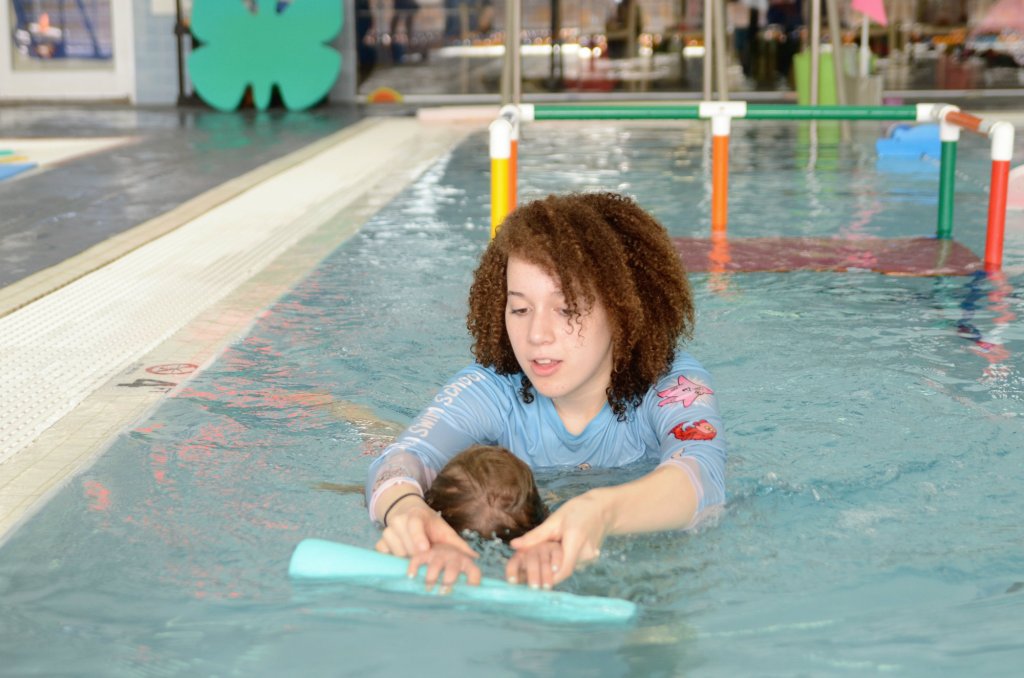Just a few weeks ago, aquatics professionals worried if the coronavirus pandemic spelled the end of the 2020 season. Now, the prospect of opening is increasing with the passage of time and as the public, certain municipalities and political wings increasingly become restless about reopening society and restarting the economy.
This leaves aquatics managers and operators rushing to develop their own plans for when that day does come. “Everyone has now gotten into the situation where they’re opening a brand-new facility,” said Kevin Post, principal and studio director with Counsilman-Hunsaker in St. Louis. “That’s the mindset you need going in. You’re not going to open to full capacity and full potential at Day One.”
Among the challenges: Finding ways to offer as many services as possible, maintaining social distancing and sanitation for customers and staff, safely training lifeguards that the pandemic necessitates— all while remaining profitable amid the increased costs associated with safeguarding against COVID-19 and reduced capacities generally stated as 25% to 50%.
To help facilities reopen safely, several guidance documents have been released:
• The Centers for Disease Control and Prevention published “Considerations for Public Pools, Hot Tubs, and Water Playgrounds During COVID-19.” It lists the various considerations to take while reopening, and links to relevant resources, such as pages showing how to properly wash hands, wear face masks and sanitize, along with examples of signage and PA announcements encouraging safe behavior.
• Among the materials in NRPA’s “Path to Recovery” are a sample multi-phase reopening plan, and checklists outlining criteria and how to transition from one phase to the next. In its sample reopening plan, pools would be included in Phase 2. Splashpads, child-care and youth programs would be rolled out in Phase 3.
• Jeff Ellis & Associates released a guidance for training lifeguards, including information about what protective equipment to provide and how to sanitize it.
• The World Waterpark Association’s “Aquatic Facility and Waterpark Reopening Considerations” and IAAPA’s “Reopening Guidance: Considerations for the Attractions Industry” present the various considerations for re-opening plans, with some examples of solutions to the various challenges.
• In addition to listing the various factors to consider when reopening, USA Swimming’s “Facility Reopening Messaging and Planning” outlines various ways to space swimmers in and around the pool while maintaining distance.
• The American Red Cross offers a COVID-19 Guidance page with several documents providing suggestions for socials distancing, training and various and sundry concerns.
• “Practice Tips for Maintaining and Opening Public Pools and Hot Tubs,” from the Pool & Hot Tub Alliance, presents tasks that should be completed at each step of the opening process.
As centers figure out how to reintroduce their programming, swim instruction presents the greatest challenge, as inexperienced swimmers require an adult or experienced swimmer within the 6 feet space required by social distancing. Swim school managers are weighing alternatives such as positioning instructors on the deck and having parents maintain the physical contact with their children. Others are exploring the possibility of integrating face shields or snorkeling masks modified to comply with COVID-19 requirements.
“There’s concern about whether that would be scary for little children,” said Lisa Zarda, executive director of the US Swim School Association.
Every facility will need its own customized reopening plan. With so many factors to consider — federal, state and local government requirements, space limitations, client needs and staff abilities — industry leaders recommend starting where you are. “Start basic with what you understand and what you’re comfortable with,” Post said. “If that’s one lap swimmer at a time, that’s where you start. Then as you get more comfortable, you can start adding more services, larger groups, more capacity — but always within the rules of social distancing and guidelines set by the CDC and local jurisdiction.”
